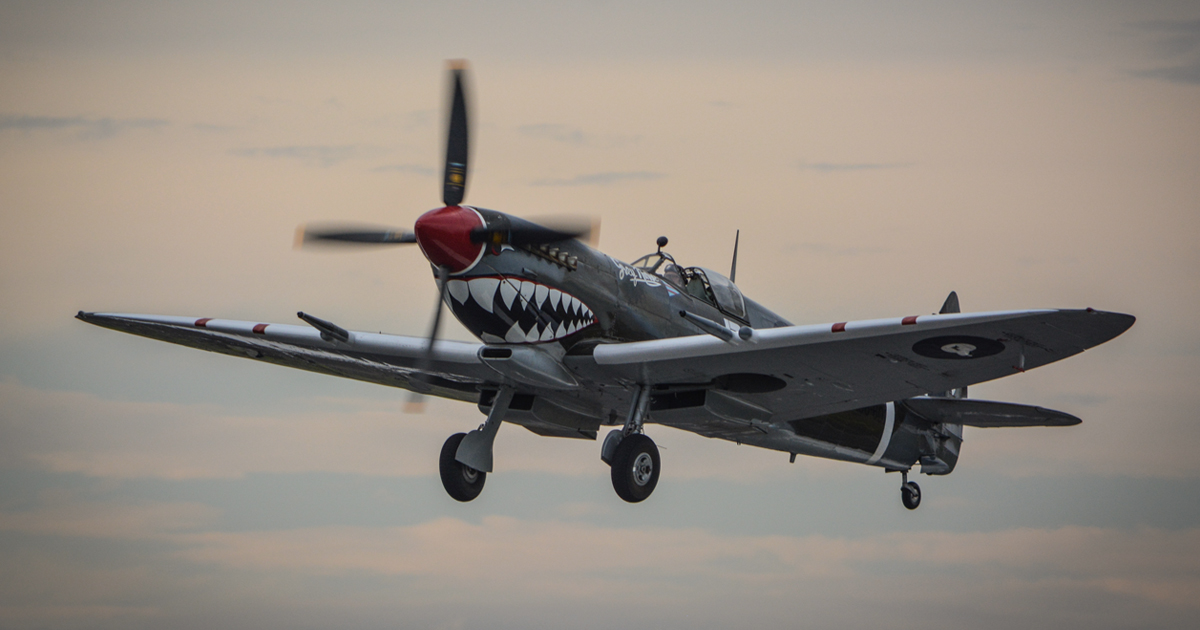A glimpse of aviation and World War II history disappeared over the horizon of living memory last week with the death of Mary Ellis. She was one of 168 women who flew in the Air Transport Auxiliary (ATA)—a civilian corps that delivered aircraft to Britain’s Royal Air Force and Fleet Air Arm during World War II.
Ellis, who was aged 101, flew an estimated 76 types of aircraft, as diverse as Spitfires, P-51 Mustangs, de Havilland Mosquitoes and Lancaster bombers. (ATA pilots flew large aircraft single crew, but were forbidden to fly IFR.)
Mary Wilkins was born on 2 February 1917, the daughter of a prosperous farmer, and took her first flight in 1925, aged eight, in a de Havilland Moth. By 16 years of age she was learning to fly and had her licence by aged 22—in the fateful year of 1939.
More than 10 per cent of the ATA’s 1320 pilots—159 men and 15 women—were killed during the war, including long distance flight pioneer Amy Johnson. About the ATA, Britain’s wartime minister of aircraft production, Lord Beaverbrook said, ‘They were soldiers fighting in the struggle just as completely as if they had been engaged on the battlefront.’ Ellis herself had an encounter with the Luftwaffe while delivering a Spitfire; the German pilot, on seeing her blonde hair, waved and flew away.
After the ATA was disbanded in 1945, Ellis was seconded to the Royal Air Force, where she was one of the first women to fly the Gloster Meteor jet. But the RAF quickly resumed its policy of only men as pilots and a woman did not fly a RAF fast jet again until 1992.
After leaving the air force, she became an airport manager at Sandown, on the Isle of Wight, in southern England. She took up rally driving as a hobby and had wins in an Allard sports car. (‘I am passionate for anything fast and furious,’ she told biographer Melody Foreman.) She was still driving daily until her death on 25 July. At 44 she married another pilot, Donald Ellis, and they lived near the airport until he died in 2009.
She shared her reminiscences of flying Spitfires in World War II with a BBC interviewer for her 101st birthday this year. (Her log book recorded 400 individual Spitfires flown.)
‘Up in the air on your own. And you can do whatever you like. I flew 400 Spitfires. And occasionally I would take one up and go and play with the clouds. I would like to do it all over again. There was a war on, but otherwise it was absolutely wonderful.’



The ATA were a unique group of aviators. Flying all manner of unarmed aircraft without radios, straight from the factory with minimal instruction, albeit ‘ flying cards ‘ to help pilots fly the plane. They were poorly recognised after the war for their fantastic contribution to the war effort, and only in the past couple of decades have they had their story told. A wonderful group of aviator.